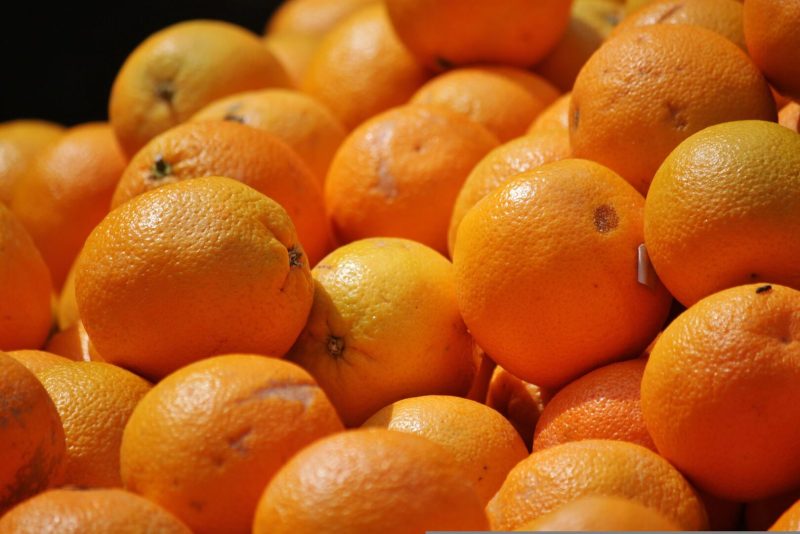During the hybrid-format meeting, it was estimated that the Northern Hemisphere citrus campaign will be 1.5% lower than in 2024, at 27.4 million tonnes, which also represents a 5% decrease compared to the average of the past four years. Within the citrus category, orange production — which accounts for around 50% of the total — is expected to fall by 2% compared to 2024, reaching 13.8 million tonnes, an 8.5% decrease compared to the average of the last four years.
In the current campaign, Northern Hemisphere production of small citrus fruits (mandarins, clementines, etc.), which represent approximately 31% of the total, is forecast at 8.5 million tonnes, while lemon production will reach 4.2 million tonnes and grapefruit production around 800,000 tonnes.
Spain, Egypt, the United States, and Türkiye are the main citrus-producing countries in the Northern Hemisphere. They are followed by Italy, with 3 million tonnes; Morocco, with 2 million tonnes; Greece, with 1.2 million tonnes; and Israel with 0.5 million tonnes.
Spain had been the leading orange producer in the Northern Hemisphere until this year. Its production has fallen by 11.5% compared to 2024, totalling 2.72 million tonnes, and the country has now been overtaken by Egypt, which is forecast to produce 3.15 million tonnes.
RELATED NEWS: The World Citrus Organisation raises concerns about private food safety criteria
For small citrus, Türkiye ranks first with 1.77 million tonnes (+7.1% vs. 2024), followed by Spain with 1.73 million tonnes (–8.16%).
In lemons, Türkiye also leads with 1.12 million tonnes (–28.28%), followed by Spain with 1.03 million tonnes (–7.6%).
The citrus subgroup is one of several created within the European Commission’s Fruit and Vegetable Market Observatory. FEPEX has participated as a member of EUCOFEL for the first time, represented by the Federation’s technical director, Luis Martín.
The aim of the European Commission’s Fruit and Vegetable Market Observatory is “to provide the EU fruit and vegetable sector with greater transparency through the timely dissemination of market data and short-term analysis.”
Spain’s citrus production forecast for the 2025/26 campaign amounts to 5.44 million tonnes, according to the Ministry of Agriculture (MAPA) during the September sectoral meeting. According to the crop estimate — based on data provided by the producing autonomous regions — production will be 655,000 tonnes lower than last season (–10.7%) and 14.2% below the average of the past five campaigns. This marks the smallest harvest in the last 16 years.



















